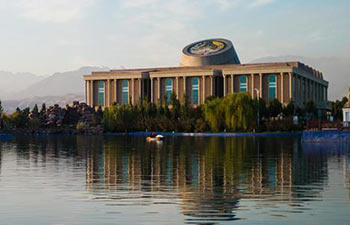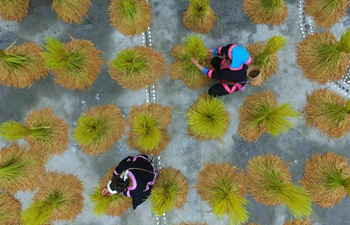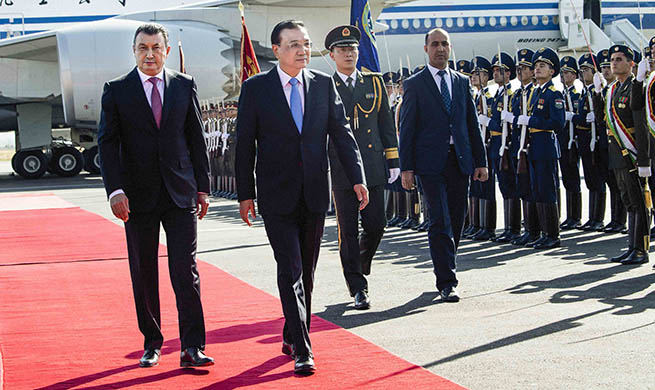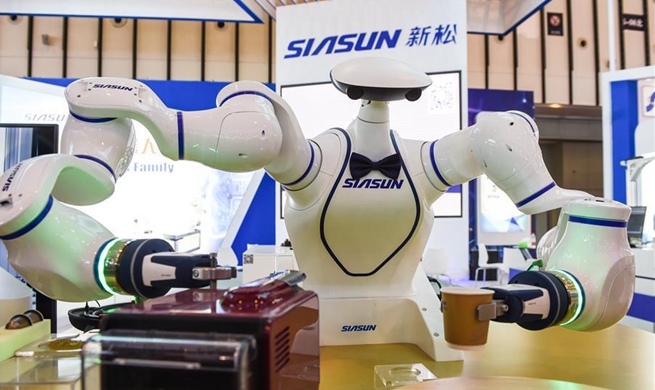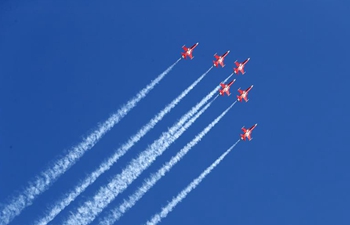WASHINGTON, Oct. 11 (Xinhua) -- Scientists developed the world's fastest camera, capable of capturing 10 trillion frames per second, making it possible to see phenomena in extremely slow motion, like freezing time.
The study published on Thursday in the journal Light: Science & Applications showed that the new system based on a femtosecond streak camera incorporated a data acquisition type used in applications such as tomography.
"We knew that by using only a femtosecond streak camera, the image quality would be limited," said Wang Lihong, professor of medial engineering and electrical engineering at Caltech.
"We added another camera that acquires a static image. Combined with the image acquired by the femtosecond streak camera, we can use what is called a Radon transformation to obtain high-quality images while recording ten trillion frames per second."
The camera called T-CUP set the world record for real-time imaging speed, making it possible to analyze interactions between light and matter at an unparalleled temporal resolution.
Therefore, it powered a new generation of microscopes for biomedical materials science, and other applications.
"It's an achievement in itself," said the leading author of this work Liang Jinyang, an ultrafast imaging specialist with INRS, a university in France.
"But we already see possibilities for increasing the speed to up to one quadrillion frames per second. Speeds like that are sure to offer insight into as-yet undetectable secrets of the interactions between light and matter."


